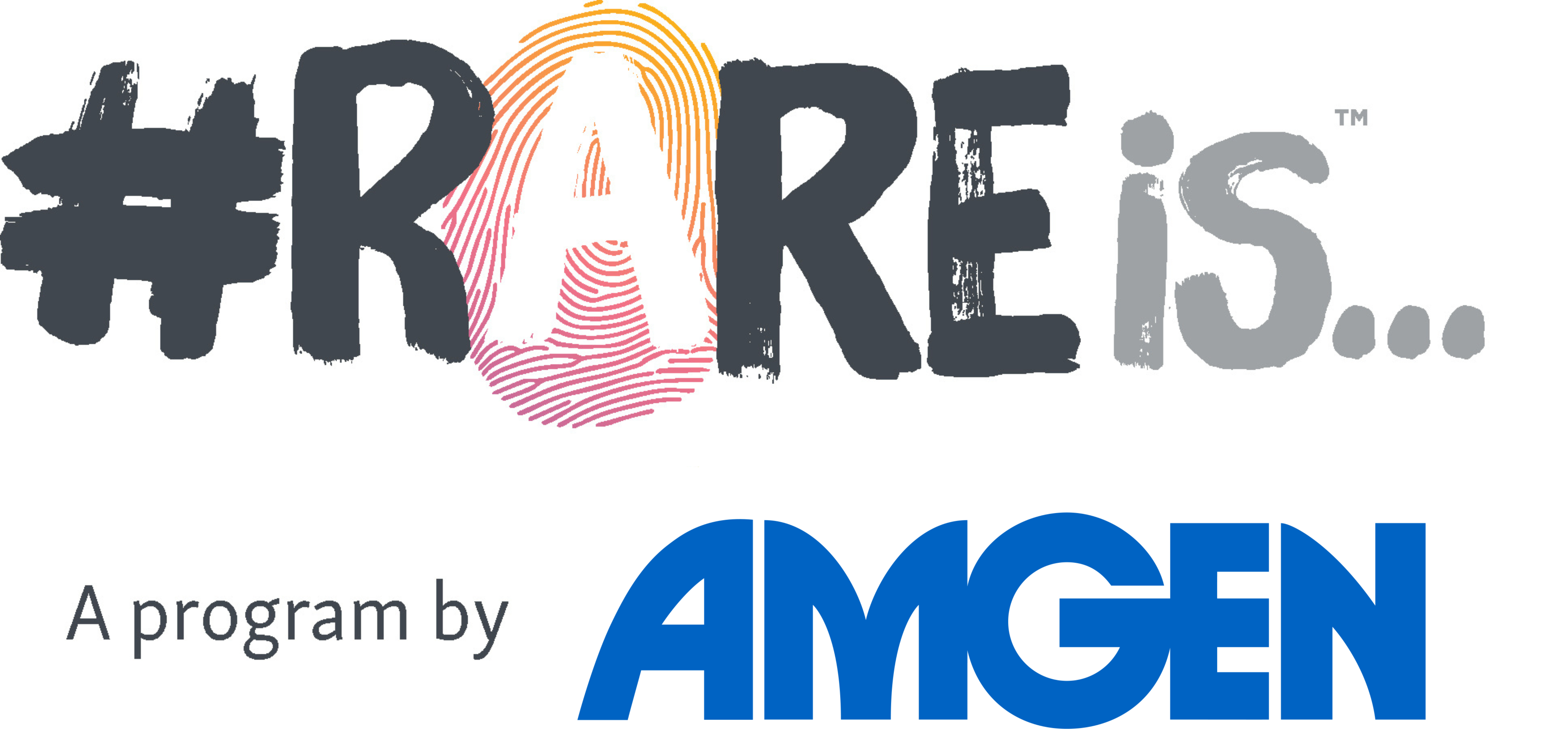Anna Ruiz comparte su trayectoria como adulta joven navegando por la vida con una enfermedad rara.
My rare disorder diagnosis
phe·nom·e·non (noun) – a fact or situation that is observed to exist or happen, especially one whose cause or explanation is in question.
I started to notice a phenomenon was taking place in my body when I was 16 years old. If I was cold, stressed or upset, it would sneak up on me and I would lose blood flow to areas of my body including my hands and fingers, which would quickly turn a pale yellow/white color. I was later diagnosed with Raynaud’s phenomenon, also known as Raynaud’s syndrome. Raynaud’s is a rare disorder that affects the blood vessels in the fingers and toes, and in some cases, the ears, knees and nose. It’s characterized by episodic spasms, called vasospastic attacks, which cause small blood vessels to constrict in response to cold temperatures and emotional stimulants.
While Raynaud’s can occur on its own (primary Raynaud’s phenomenon), it can also be related to another medical condition (secondary Raynaud’s phenomenon). I have the primary form. Primary Raynaud’s is the most common, and milder, form. About 75 percent of all cases of primary Raynaud’s phenomenon are diagnosed in women between ages 15 and 40. People with the primary form rarely develop the other diseases associated with Raynaud’s such as lupus or scleroderma. Having Raynaud’s isn’t life-threatening, but it does affect my quality of life.
It makes me who I am
As someone who lives in Spain, fútbol was a big part of my life. The power of sports taught me important life skills such as discipline, leadership, respect and resilience, just to name a few. I later found out that the skills I learned through sports, would become be applicable in my adult life. While I don’t play much fútbol anymore, I still enjoy exercising, coaching my hockey team, going to university studying nursing and physical therapy, and going out with friends. It wasn’t easy giving up fútbol, but I’ve come to terms that it’s a part of me and my daily routine, and I won’t allow it to stop me.
After my diagnosis, we realized that my sister was experiencing the same mild and minor symptoms as me, but hers were in her feet. She never went to the hospital because we learned that there is currently no cure and doctors typically only prescribe medications for people with secondary Raynaud’s phenomenon.
Raynaud’s appears to be more common in people who live in colder climates. However, people with the disorder who live in mild climates like me, may often experience more attacks during colder weather. To help prevent attacks, I try to wear warm clothing and avoid exposure to cold temperatures, exercise and manage my stress as best as possible.
Different is good
My goal is to give more visibility to all rare diseases, even though some of them are invisible. I encourage you to stop suffering in silence and being set aside by society. I find that it helps that I can talk to my sister about our similar symptoms and how it affects us. I hope that others living with rare diseases will continue to learn, grow, communicate and do the things they love. Once you accept that a rare disease is part of you, and while it can make you feel different, I think the best gift we can give to one another is diversity.
No permitiré que mi enfermedad rara me detenga
Mi diagnóstico de enfermedad rara
fe·nó·me·no (nombre): un hecho o situación que se observa que existe o que se produce, especialmente cuando su causa o explicación está en duda.
Empecé a notar un fenómeno en mi cuerpo cuando tenía unos 16 años. Cuando sentía frio, zonas de mi cuerpo, como las manos y los dedos, se volvían de color amarillo pálido/blanco. Acudí al médico porque esto me molestaba cuando jugaba al fútbol; era como tener los pies dormidos y chutaba el balón sin sentir nada. Me diagnosticaron el fenómeno de Raynaud, también conocido como enfermedad de Raynaud. Es una enfermedad rara que afecta a los vasos sanguíneos de los dedos de las manos y los pies y, en algunos casos, los de las orejas, las rodillas y la nariz. Se caracteriza por presentar espasmos episódicos, llamados ataques vasoespásticos, que hacen que los vasos sanguíneos pequeños se contraigan en respuesta a las bajas temperaturas y los estimulantes emocionales.
Aunque el fenómeno de Raynaud puede producirse por sí solo (fenómeno de Raynaud primario), también puede estar relacionado con otra afección médica (fenómeno de Raynaud secundario). Tengo el tipo primario. Es el más frecuente y más leve. Aproximadamente el 75 % de todos los casos de fenómeno de Raynaud primario se diagnostican en mujeres de entre 15 y 40 años. Las personas con el tipo primario rara vez desarrollan otras enfermedades asociadas a Raynaud, como lupus o esclerodermia. Tener la enfermedad de Raynaud no es potencialmente mortal, pero afecta mi calidad de vida.
Me hace ser quien soy
El fútbol ha formado gran parte de mi vida. El poder de los deportes me ha enseñado importantes valores vitales, así como disciplina, liderazgo, respeto y resiliencia, entre otras. Más tarde, descubrí que las habilidades aprendidas a través del deporte serían aplicables en mi vida adulta. Si bien ya no juego a fútbol, todavía disfruto de hacer ejercicio, entrenar a mi equipo de hockey en silla de ruedas eléctrica, ir a la universidad y salir con mi familia y amistades. No fue fácil dejar el fútbol, pero el ejercicio es parte de mí, de mi rutina diaria. El fenómeno de Raynaud me influenció mucho en la etapa deportiva pero nunca he permitido que me detenga.
Después de mi diagnóstico, nos dimos cuenta de que mi hermana presentaba los mismos síntomas, pero más leves, aunque los de ella se manifestaban en sus pies. Nunca acudió al hospital porque actualmente no hay cura y los médicos, normalmente, solo recetan medicamentos a personas con fenómeno de Raynaud secundario.
La enfermedad de Raynaud parece ser más común en personas que viven en lugares con climas más fríos. Sin embargo, las personas con la enfermedad de Raynaud que viven en climas templados como yo, a menudo sufren ataques igualmente porque nuestro sistema inmunitario detecta más frío del que realmente hace. Para prevenir los ataques, intento llevar ropa caliente, evitar la exposición a temperaturas frías, hacer ejercicio y manejar mi estrés lo mejor posible.
Ser diferente es bueno
Mi objetivo es dar más visibilidad a todas las enfermedades raras, aunque algunas de ellas sean invisibles. Les animo a dejar de sufrir en silencio y a no ser dejados de lado por la sociedad. Creo que me ayuda poder hablar con mi hermana sobre nuestros síntomas similares y cómo nos afecta. Espero que otras personas que viven con enfermedades raras sigan aprendiendo, creciendo, comunicándose y haciendo las cosas que les gustan. Una vez que acepte que una enfermedad rara forma parte de usted, y aunque puede hacerle sentir diferente, creo que el mejor regalo que podemos ofrecernos mutuamente es la diversidad.

